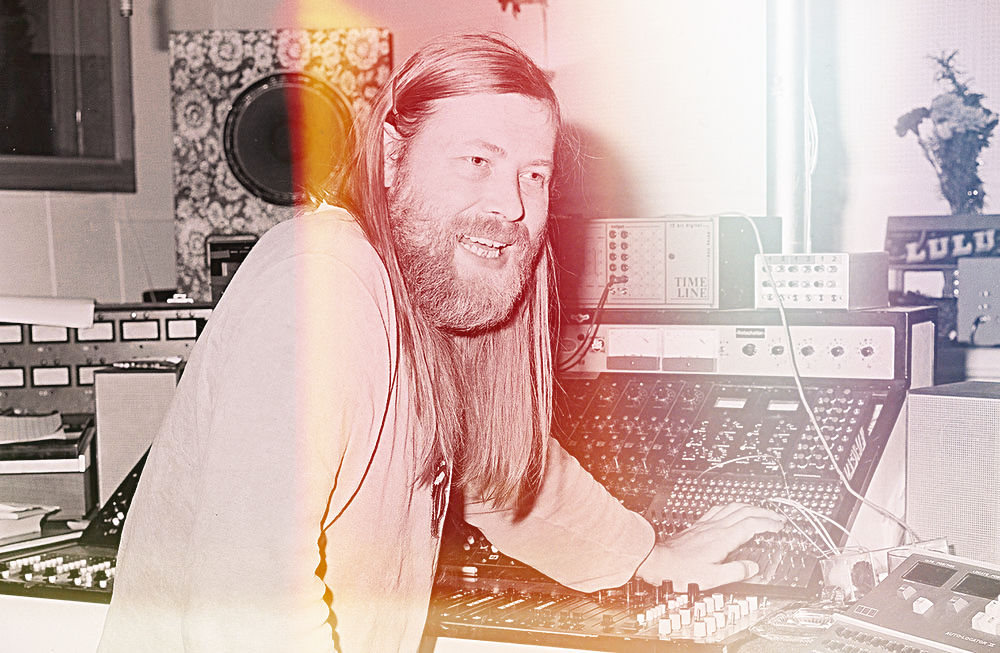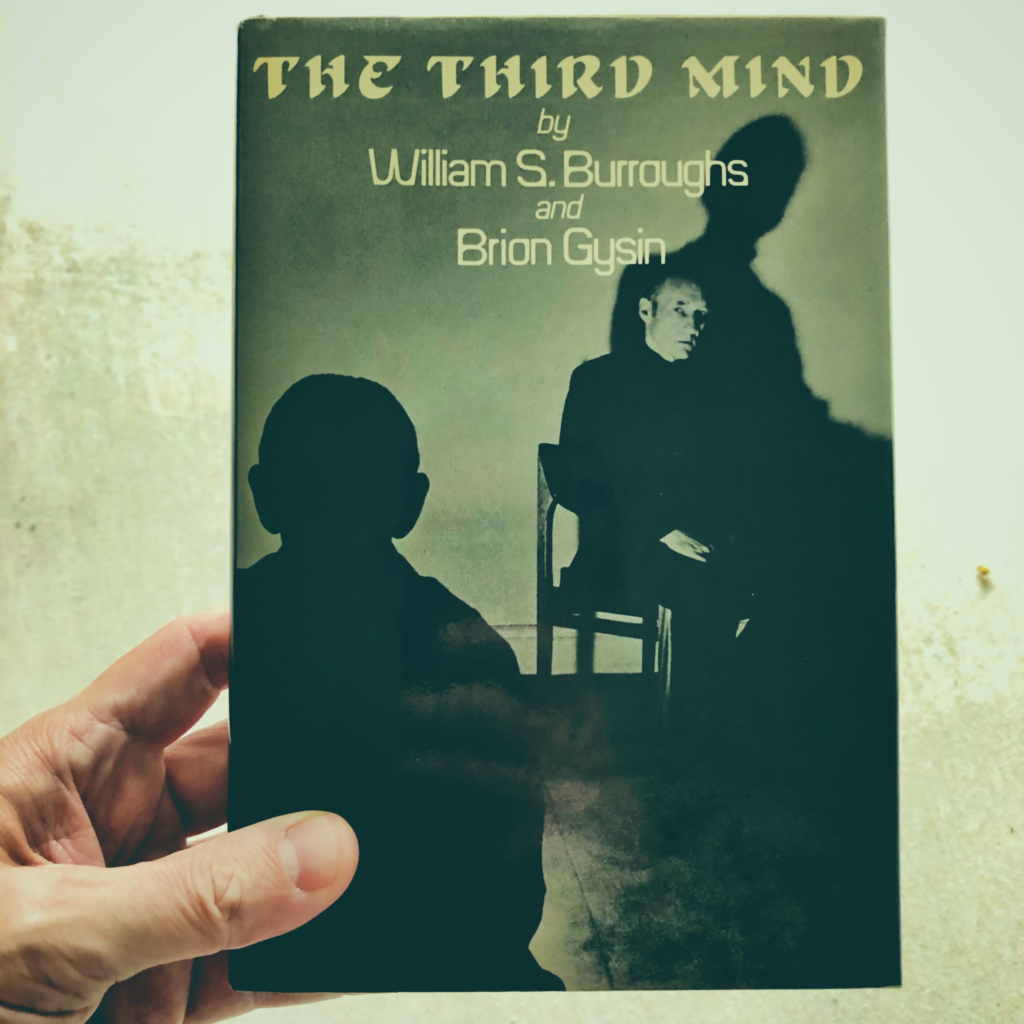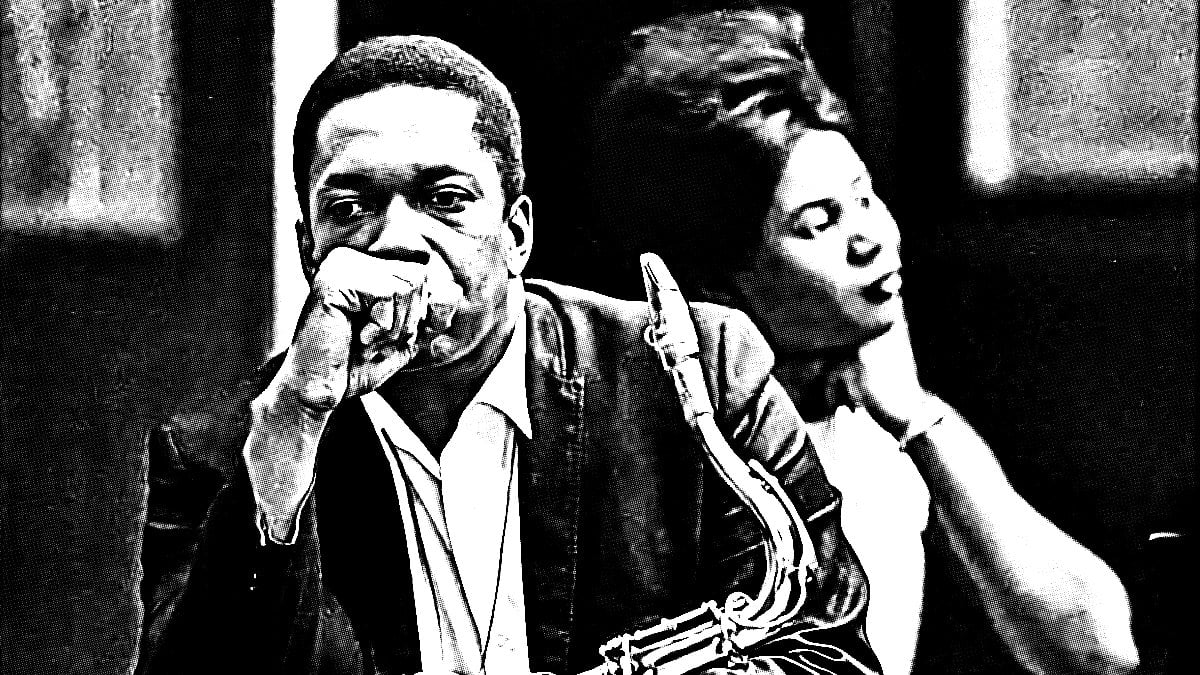As I toil away in the home office, I often listen to quiet, experimental music from artists found on Bandcamp. I’ve started collecting and writing about these albums in a series I’m calling #Worktones. Here’s the 2nd installment:
It’s rare to hear something as simultaneously captivating and gentle as the series of staccato ‘pings’ found on Formations.
Laraaji, who of course we originally know from Eno-aligned collaborations, joins English musician Merz and multi-instrumentalist Shahzad Ismaily for, in Merz’s words, “a type of music that could co-exist in sanctified temples and in city urbanism.” Dreams of Sleep and Wakes of Sound might veer close to that lofty description, blending unmapped sounds of a heavenly nature with the hustle-and-bustle of layered treatments and aural tension. Each of the three participants isn’t
It was an honor to see the legend that is Roedelius a couple of years ago at Orlando’s wonderful Timucua White House. The music was experimental and quiet, not at all jarring, and serenely transmitted the artist’s feelings in a tumultuous world. After Roedelius’s reassuring performance we left the venue calm and satisfied. Lunz 3, his latest collaboration with the equally prolific Tim Story, is no different. It’s pretty, but not so pretty as to hide a subtle agitation underneath. But that’s what makes this music so comforting — the impression that there’s room for beauty and contemplation in spite of the burning hum that encircles us.






